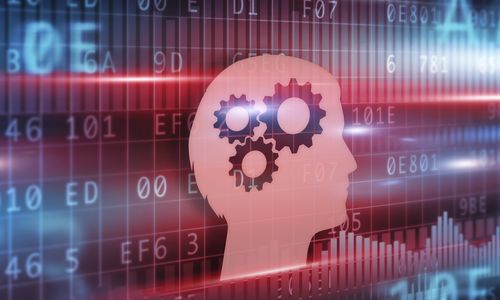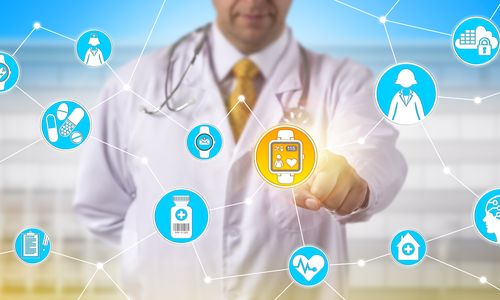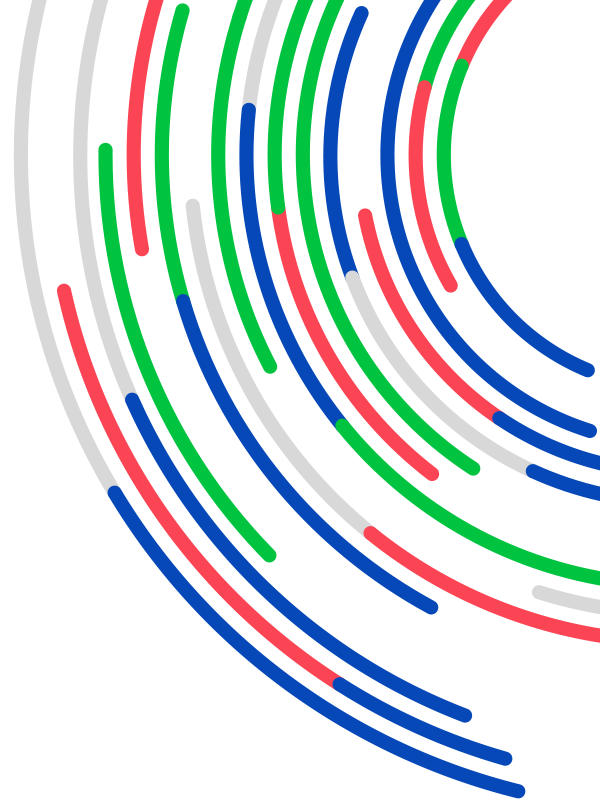
25 years of ITEA
Ground-breaking innovations we’re still grateful for today
This whole year, we have been celebrating 25 years of ITEA by putting the great successes that have been achieved over these past decades in the picture. In the March edition of the ITEA Magazine, a small selection of ground-breaking innovations from the first ITEA programme was revealed and in the July Magazine edition, we highlighted a few gems from ITEA 2, which ran from 2006-2014. In this November edition, we will take you to some of the pearls of the ITEA 3 programme, which ran from 2015-2021.
ACOSAR
2015-2018
An innovative solution for standardised integration of distributed simulations that saves time and money
The development of vehicles has become increasingly complex, involving over 50 different suppliers who need to ensure that all components, parts and devices work together. Modelling and simulation represent key methods for successful development. To facilitate this, the introduction of co-simulation methodologies and the interoperability of simulation tools and infrastructure had already taken root. Back in 2015, there was no standardised way of integrating distributed simulation and test environments, so there was still room to enhance the means of integration.
Within the ACOSAR project, 16 partners from Austria, France and Germany came together in order to accelerate development steps with new simulation technologies. With the aid of co-simulation, diverse simulation models can be linked together to enable overall system analysis at a very early stage of development. ACOSAR developed both a non-proprietary ‘Distributed Co-simulation Protocol’ (DCP) for (non) real-time system integration and a corresponding integration methodology. The DCP has the potential to simplify and accelerate integration aspects for system development by blurring the boundaries between real and purely virtual tests. International technology leaders such as AVL, Volkswagen and Boeing started to apply this solution at the end of the project. A prominent German sports car manufacturer reports that over 13,000 developer days could be saved in the next five years thanks to this protocol – which corresponds to an estimated value of around five to seven million euros. The transfer of results into standardisation was one of the key goals of ACOSAR. In the final year of the project, the consortium members therefore decided to pursue standardisation of the DCP with the Modelica Association. Since July 2018, the DCP has been maintained and developed as a Modelica Association Project (MAP) and is available as an open-access international standard.
The results of ACOSAR foster a modular, shorter and considerably more flexible system development process for numerous industrial domains. This enables the detection of design issues in complex systems like automated vehicles, making systems safer and more acceptable for end users.
Reflexion
2015-2019
Nourishing high-tech manufacturing with valuable high-quality data
Thanks to the emergence of cheap sensors and affordable large-scale data storage, terabytes of data are acquired daily from complex systems that are characteristic of the high-tech industry. Whether it is about intelligent equipment in operating rooms, sensors in industrial printing systems or smart energy meters, the trick is to filter the data in such a way that only relevant, valuable information remains that can be used to create overviews and insights. In 2015, the next step forward for the high-tech systems manufacturing domain was to integrate this operational data into a product's development lifecycle.
The Reflexion project partners from the Netherlands and Belgium succeeded in the real-time and continuous conversion of operational user data from industry into information, thereby gaining better control over the production process, the use of the product and the future design. This creates a ‘digital loop’ in which data is fed back to the ecosystem, providing industry with a considerable time and economic gain.
For example, the project results allowed SynerScope to bring the first-time-right percentage to replace smart meters up from 90% to 99.5%, saving an effective 40 FTE. In general, SynerScope saw a 30% reduction in time spent troubleshooting performance issues at the customer site. Structured log analysis and analytics on interaction logs are now part of its user experience monitoring, reducing the time from initial problem to pinpointed bottleneck by half at least. In addition, the structured log analysis has opened up exploitation in the new verticals of energy and oil & gas, which represent a multimillion-euro market opportunity. On top of this, Canon Production Printing developed an incredible maturity on the full digital loop and a set of products and methodologies that can be useful for many other European players. Thanks to this new approach, they improved their mean time to repair by 50% for all new machines. And by exploiting data more efficiently, Philips and Barco can now also create medical equipment with a higher uptime, allowing to diagnose or operate on more patients per day.
This clearly shows that business and society can benefit from the ‘digital loop’ developed in Reflexion!
MOS2S
2016-2020
New forms of engagement in entertainment and society
Traditional media is losing ground to personalised experiences. Today, for example, everyone can choose what they want to watch and when. And you can even produce your own content. This trend in the entertainment business can also be seen in society, where city representatives no longer make decisions on their own. Everybody wants to be involved, or at least can be.
To bring this engagement to a higher level, 17 partners from Belgium, South Korea, the Netherlands and Türkiye came together in the ITEA project MOS2S and created world-first ways to engage with citizens and audiences of live events. MOS2S was centred around two domains: e-Democracy and (sports) entertainment and focused on technologies that allow data and media streams to be orchestrated into an all-encompassing experience on various types of end-user devices. The common denominator in MOS2S is the media processing platform, which combines multimedia streams from different domains.
For e-Democracy, they created, for example, a mobile interaction booth – the BabbelBox – to easily gather the voices of citizens in multiple media campaigns. Hangouts, a video chat system, enabled listeners and absent campaigners to dial in live and bring their story to air from anywhere in the world. In the sports and entertainment domain, several unique innovations were also developed. First of all, in September 2018, MOS2S's project leader, TNO, and a number of partners presented a world-first: the match between the Dutch and Peruvian national soccer teams was played live in the Johan Cruijff ArenA in Amsterdam and watched in real life and real time in Daejeon, South Korea, thanks to Ultra-Wide Vision technology. And through an exceptional SME collaboration, Game On and Inmotio implemented their video and sensor technologies in the Johan Cruijff ArenA, allowing visitors to get much closer to the spectacle and allowing trainers to analyse player movements for training purposes.
These innovations have created several business opportunities for the MOS2S project partners. Since the MOS2S project, Kiswe has been working with multiple sports leagues and entertainment and media companies worldwide, while Game On’s video technology has been licensed to 25 European clubs and The Inmotio Performance Centre is being rolled out for all 18 teams of the Dutch Eredivisie, potentially leading to millions of users following completion.
Thanks to the MOS2S results, citizens and audiences of (sports) events are now able to enjoy a rich and enhanced experience and involvement!
PARTNER
2017-2020
‘One patient, one team’ approach for hospitals
During a patient’s journey through the health system, his or her medical information is often stored in multiple databases focusing on specific elements of the necessary care and the patient’s condition – even within one hospital. These databases generally cannot interact, which makes it impossible to draw up all information belonging to one patient at the click of a button.
Wearables and other compact devices that work with physiological sensors are creating a lot of possibilities to monitor patients when they are not in the hospital. Integrating this information with the hospital’s data could open up an information treasure chest that can stimulate better treatment and lower costs for both patients and hospitals.
The PARTNER project, gathering 20 partners from Belgium, Canada, the Netherlands and South Korea, developed an architecture that makes it possible to let different systems, offered by multiple vendors, communicate with each other. The solution also includes self-monitoring solutions for patients.
The system has been demonstrated using a fictitious patient’s journey through cardiac care. The demonstration clearly showed the system’s comprehensiveness: thanks to its architecture, based on interoperability standards, it enabled the different partners’ systems to exchange information. As a result, every contributor involved has released new products and services that are ready to be installed in several hospitals for further trials.
Alongside the business success, the benefits of the PARTNER project results for hospitals are twofold. Firstly, for healthcare professionals, it demonstrates that a patient-centric approach with an optimised collaborative care team leads to greater efficiency – up to a 10% improvement compared to traditional workflows – and a knock-on effect of lower healthcare costs. Secondly, improved transparency allows professionals to provide the best services for each individual patient.
PARTNER’s maxim is ‘one patient, one team’; its central philosophy is driven by dedicated, personalised patient care. When combined with the greater degree of freedom and comfort enabled by smart wearables, this should result in better health outcomes and, above all, a higher quality of life even when ill.
With the short summaries in the three ITEA Magazine editions of this celebrative year, we have shown a few examples of the impact of the ITEA programme and its projects. Many more successful examples exist, and we invite you to discover them on the ITEA website (https://itea4.org/success-stories.html) and in our recently released publication (https://itea4.org/itea-publication/itea-the-fast-track-to-software-innovation.html).
ITEA and its Community members are ready to continue this success
and shape a better future!

Other chapters
Use the arrows to view more chapters
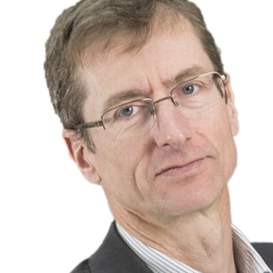
Editorial
By Jean-François Lavignon

25 years of ITEA
The ITEA journey
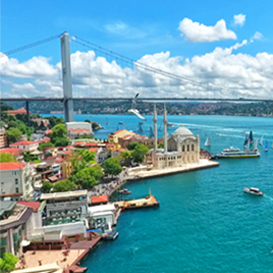
Country Focus: Türkiye
Investing in ICT to enhance competitiveness and international profile
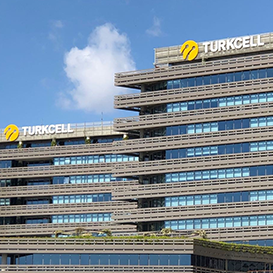
Turkcell
Becoming a deeper part of the ecosystem
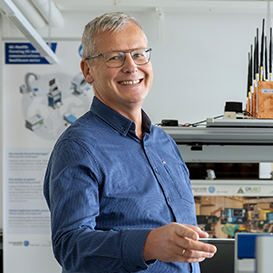
Community Talk with Frank Golatowski
A long-lasting happiness

ITEA Success story: TESTOMAT Project
Customised test automation, saving time and improving quality

25 years of ITEA
Ground-breaking innovations we’re still grateful for today
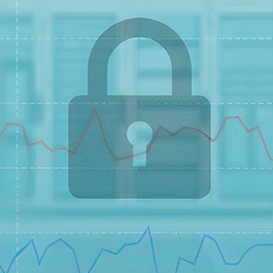
SME in the Spotlight: Solana Networks
Looking to the horizon of network security

ITEA Success story: COMPACT
Faster, more efficient software through automation
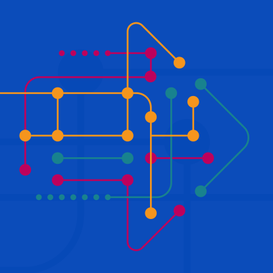
Navigating the future of ITEA
Current challenges and future directions
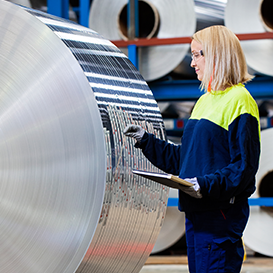
By and for end users
Gränges further digitalises aluminium engineering with the help of VMAP analytics
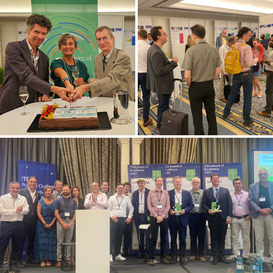
25 years of ITEA: PO Days through time
Celebrating 25 years of international collaboration



